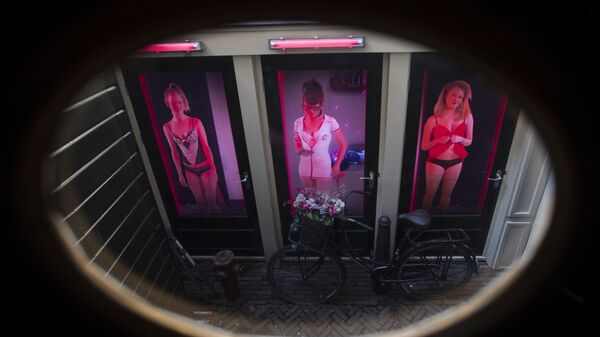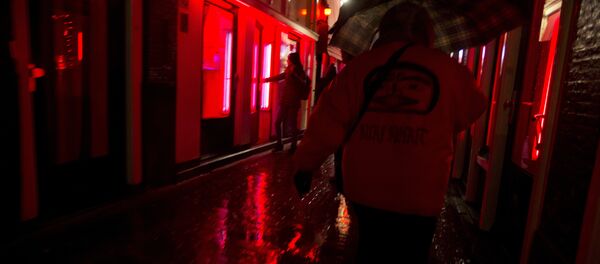Mayor Femke Halsema is reportedly seeking to reduce the number of specially-authorized venues that offer marijuana in a bid to deal with a so-called paradox of local tolerance-culture dubbed "gedoogbeleid" (from the Dutch language, roughly translating to an avoidance of executing or enforcing a law) that, according to media reports, has turned the city and especially its famous red-light district into a heavily-trafficked non-stop revel zone.
According to The Guardian, citing Amsterdam authorities, licensed coffee shops that legally sell cannabis are nonetheless banned from producing the plant. The legal ambiguity reportedly has led to a surge of organized crime using the loophole to deal with coffee shops at the "back door".
Halsema stated she would seek “a study this year to reduce the attraction of cannabis to tourists and the (local) regulation of the back door […] A clear separation of markets between hard drugs and soft drugs has great urgency because of the hardening of the trade in hard drugs”, according to The Guardian.
On Thursday, in a separate move, Amsterdam banned organized sex tours in the red-light district beginning 1 April, imposing more rigid regulations for guided tours elsewhere in the city centre, according to The Guardian.
In particular, the new policy reportedly also decreases the number of participants in regular non-sex tours to 15 people and bars them from stopping in crowded places such as narrow bridges, in front of private homes, and at entrances to shops and restaurants during busy opening hours. Violators of the newly-imposed restrictions will be charged a €190 fine ($206), the media report said.
Over a hundred guided tours of varying sizes reportedly pass daily through Amsterdam's red-light district, causing a noticeable disturbance to the local business community, residents and sex workers.
Recent tourist polls, cited by The Guardian, showed that tough regulation of Amsterdam's alternative attractions would reduce the number of visitors to one of Europe's main financial hubs by nearly half, now reportedly estimated to be 17 million people annually.





